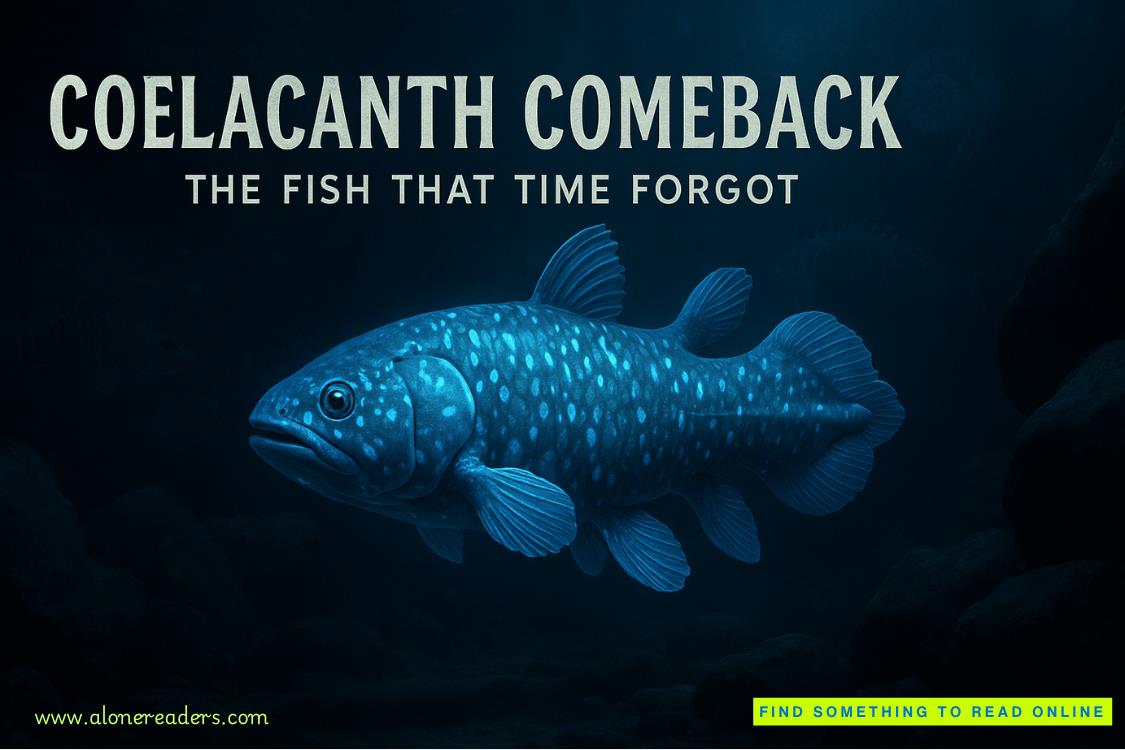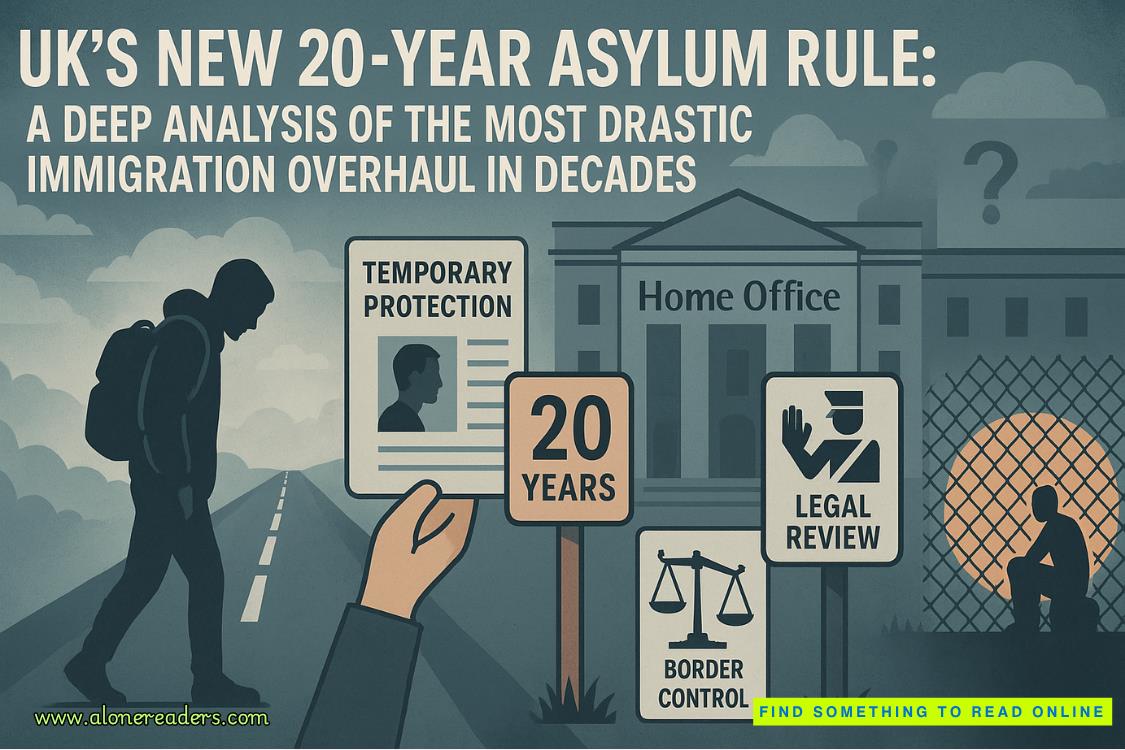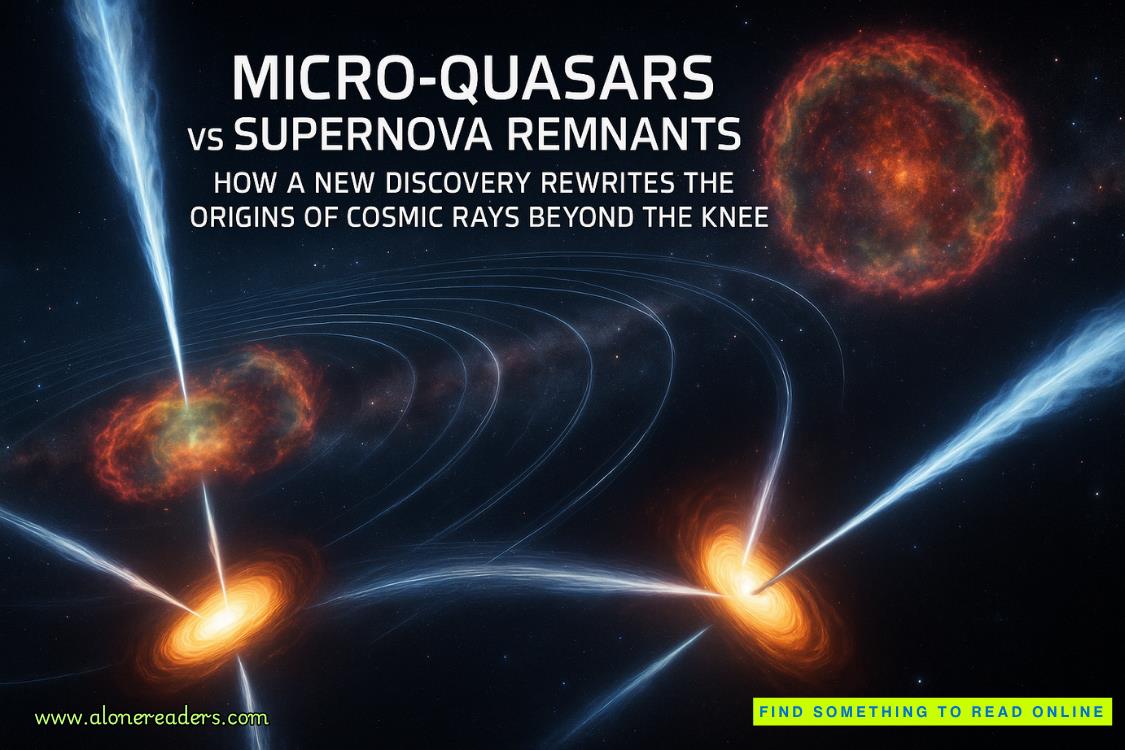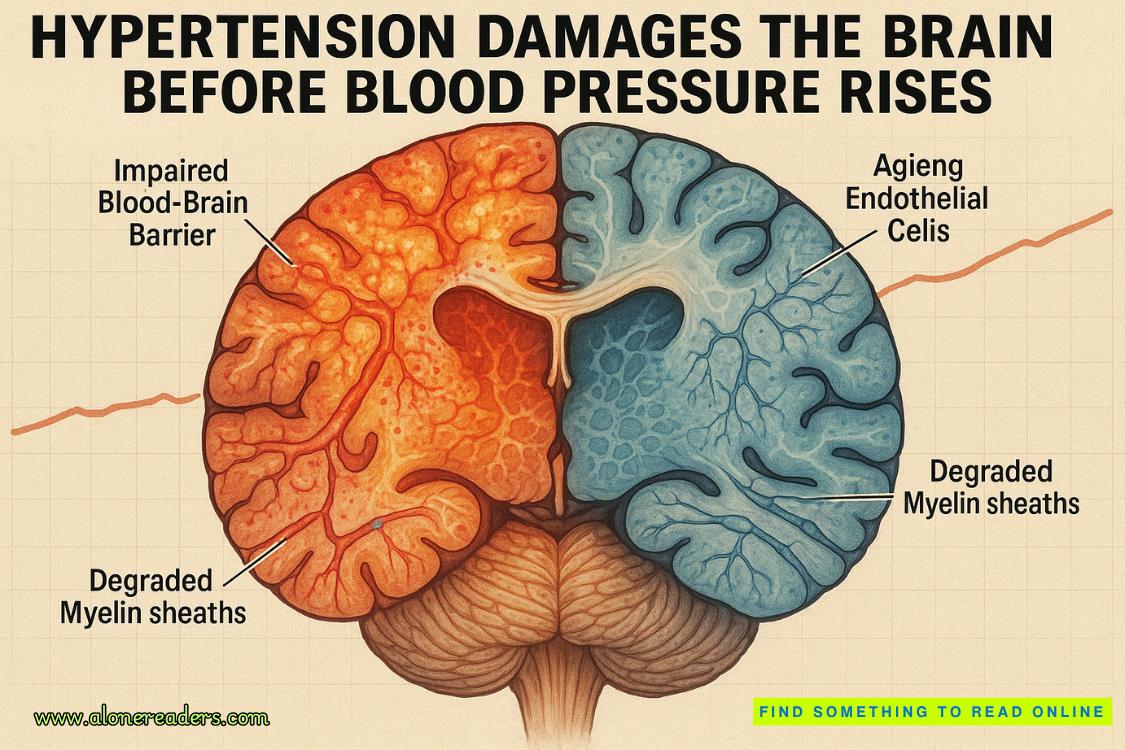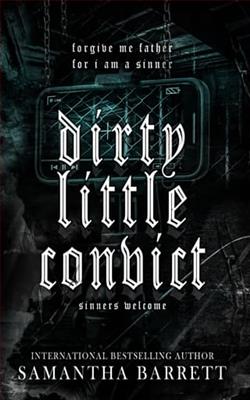Page 111 of Stuck with Doctor Grump
She looked up at me, her expression threaded with disappointment—but also something stronger. Resolve.
“You better believe we will,” she murmured.
Outside, the hammers had gone quiet. The light was fading. But inside this moment, with blueprints between us and love still blooming in the corners—we weren’t done yet.
Not even close.
Chapter twenty-nine
Ruby
The town hall meeting room smelled like lemon cleaner and stale coffee, which felt oddly fitting for what we were about to walk into—clean slates clashing with very old stains. Damien held my hand as we entered, but I could feel the tension in his grip. Not anger, not yet. Just the storm gathering at the edge of calm.
Eleanor was already seated at the long table, her reading glasses perched on the tip of her nose, an intimidating stack of documents in front of her. Hazel stood by the window, arms folded, trying to look professional but bouncing slightly on the balls of her feet like a cheerleader in business casual.
The town zoning officer, Mr. Bennett, a wiry man with more paperwork than personality, cleared his throat as we took our seats.
“We’ve reviewed your plans,” he began, flipping through a manila folder. “And there’s a small complication.”
Damien tensed beside me.
Mr. Bennett continued. “A section of your proposed garden space—about fifteen feet on the north side—overlaps with land designated as a protected historical zone. The Hartwell family homestead once stood there.”
“But there’s nothing there now,” Damien said, already leaning forward. “No structure, no sign, not even a stone.”
Eleanor adjusted her glasses. “It’s not about what’s visible. It’s about what was. And preserving heritage is a core part of Cedar Springs’ zoning laws.”
Hazel chimed in with a hopeful smile. “Maybe there’s a workaround? A revised design?”
Damien shook his head. “This is the kind of red tape that crushes projects before they start. We’ve already invested in the layout, in community involvement. We can’t keep reshaping this thing every time a forgotten fence post turns up.”
I touched his arm gently. “Let’s hear all the options first.”
But his eyes were already stormy.
“It’s just fifteen feet,” I added softly. “We could reroute the footpath. Maybe turn that edge into a heritage garden—a tribute.”
Damien exhaled. “This isn’t a scrapbook, Ruby—it’s a business. We have timelines. Stakeholders.”
My stomach clenched. Not because he was wrong. But because the version of him who said those words sounded eerily like the man who’d walked away from this town once before.
“And it’s our home,” I said, voice steady. “I’m not bulldozing it just to make a point.”
Hazel looked between us, wide-eyed.
Mr. Bennett coughed awkwardly. “You could file an appeal to rezone the historical boundary, but the process may take up to six months, and there’s no guarantee it’ll be approved.”
Damien stood, pacing a few steps, then turning back. “And in the meantime, we do what? Host community yoga in the parking lot?”
I met his eyes. “We adapt. That’s what we’ve always done.”
He didn’t respond. Not immediately.
There it was again—that quiet crack in us. We’d come so far, built so much. But underneath the daisies and sawdust, we were still Ruby and Damien. Chaos and control. Feeling and force.
Eleanor reached across the table and handed me a small sketch. “I took the liberty of drafting an alternate layout. Smaller footprint, same intention. No historical overlap.”
I looked down at the drawing, my throat tightening. It wasn’t perfect. But it could work.


